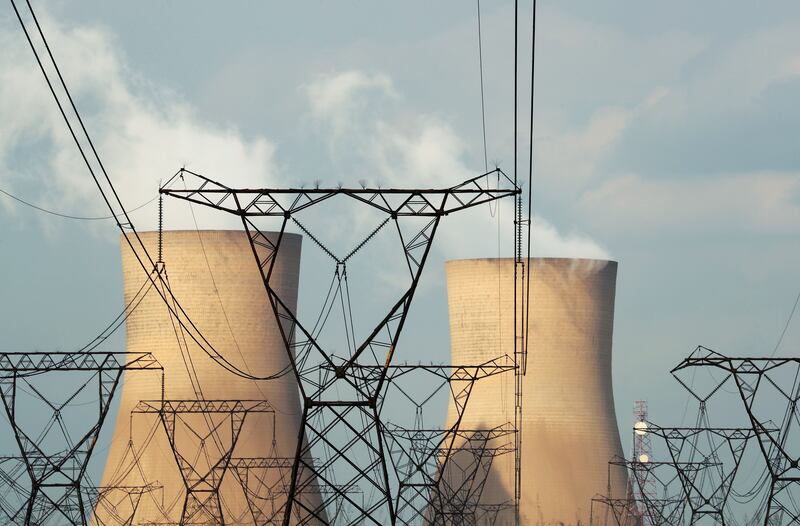The world will fall short of reaching Paris Agreement goals to reach net-zero emissions by mid-century, even if all power generated by then is green, Norway-based DNV, which offers technical advisory to the energy industry, said in a report published on Wednesday.
Electrification is set to double in size by 2050, with renewables powering 80 per cent of requirements. However, in spite of the increase in clean power generation, carbon emissions from other sectors such as high heat, aviation, shipping and trucking will be harder to reduce.
“Even if all electricity was ‘green’ from this day forward, humanity would still fail to achieve net-zero emissions by 2050,” said Remi Eriksen, group president, and chief executive at DNV.
“The verdict is clear: the world needs vastly more green electricity, both direct and indirect, more biofuel, and more carbon capture and storage on a dramatically accelerated timescale,” he added.
The Paris Agreement requires its signatories to lower their carbon emissions to well below 2°C (35.6°F) above pre-industrial levels, preferably about 1.5°C.
World leaders are also set to gather at the Cop26 conference in Glasgow, Scotland, in November to strengthen commitments made in Paris in 2015 to stabilise the planet's climate and look to speed up action to achieve a zero-carbon future by 2050.
New technologies such as hydrogen, which is being prioritised for investment across the world, to rapidly decarbonise energy systems will only enter at scale in the late 2030s, DNV cautioned.
The report also said that there is a “short window of opportunity” to close the gap in meeting the Paris Agreement's targets.
“Global emissions likely peaked in 2019, followed by an unprecedented 6 per cent drop in 2020 due to Covid-19. Emissions are now rising sharply again and will grow for the next three years before starting to decline,” the report warned.
With emissions starting to pick up, global energy-related emissions in 2030 will only be 9 per cent lower than 2019 levels. By 2050, which is the globally mandated time line to reach carbon neutrality, emissions will only be 45 per cent lower in comparison with the 2019 baseline.
“This is in sharp contrast to ambitions to halve GHG [greenhouse gas] emissions by 2030 and to achieve the net zero emissions by 2050 required to limit global warming to 1.5˚C. Our forecast is that we are most likely headed towards global warming of 2.3˚C by 2100,” the report warned.
Solar and wind capacities will increase, representing 69 per cent of all grid-connected power generation, with fossil fuels accounting for just 13 per cent by 2050.
Polluting coal, which is being phased out across several industrialised economies, will decline by 62 per cent by 2050. Oil, which continues to power the global economy will see demand largely unchanged until 2025, when it will begin a steady decline.
Gas, which is perceived as a transitional fuel in some economies, particularly in the oil-exporting countries of the Middle East, will continue to grow before levelling off for a 15-year period. Demand for gas will start to fall in the 2040s.
“Gas will surpass oil as the largest energy source and will represent 24 per cent of global energy supply in 2050,” the DNV report said.
Hydrogen, which is becoming a green industry favourite, will be produced from renewables-based electrolysers by 2050.
“Green hydrogen from electrolysis will be the main long-term solution for decarbonising hard-to-abate sectors, including hydrogen as a basis for other e-fuels,” the report said.







